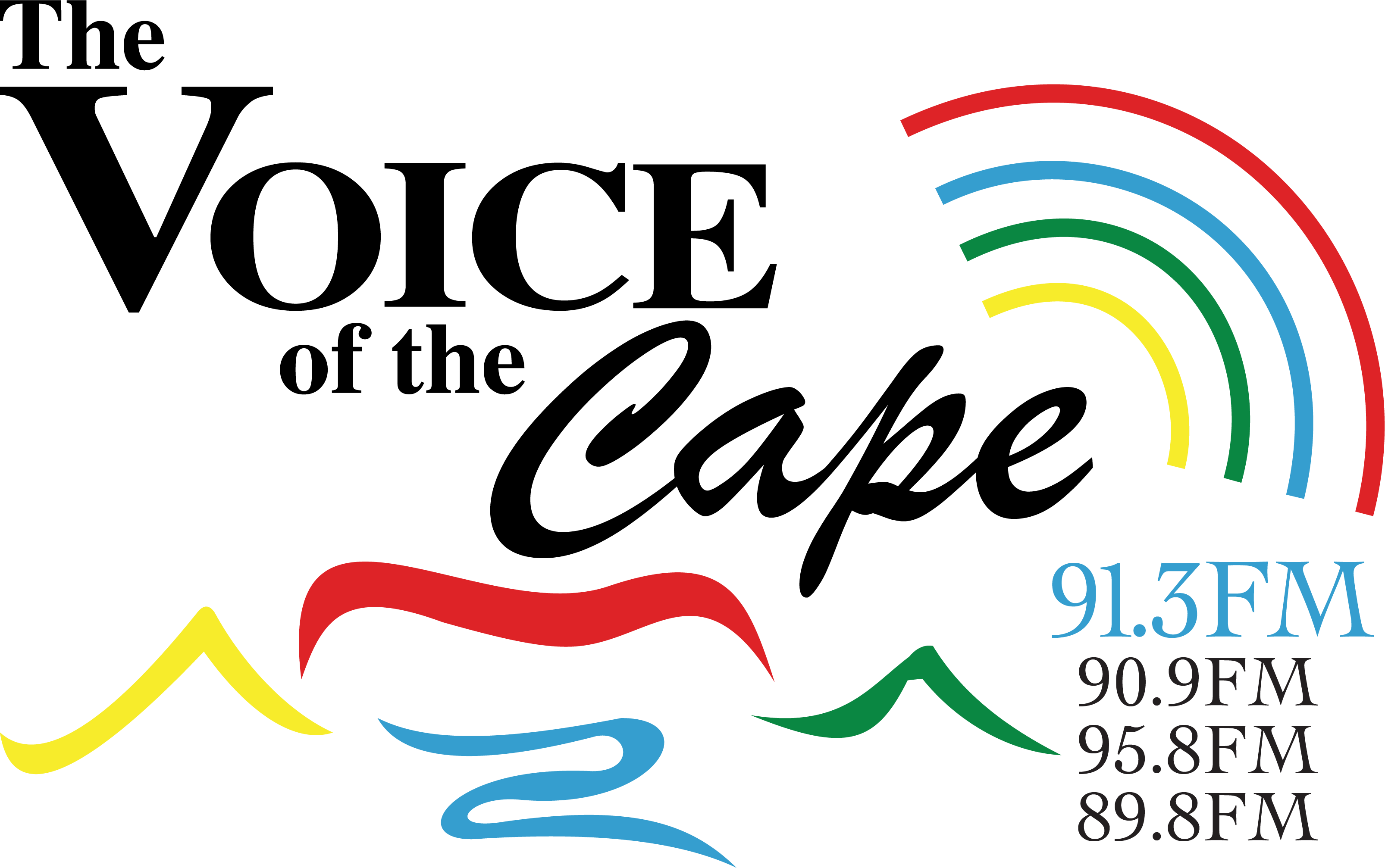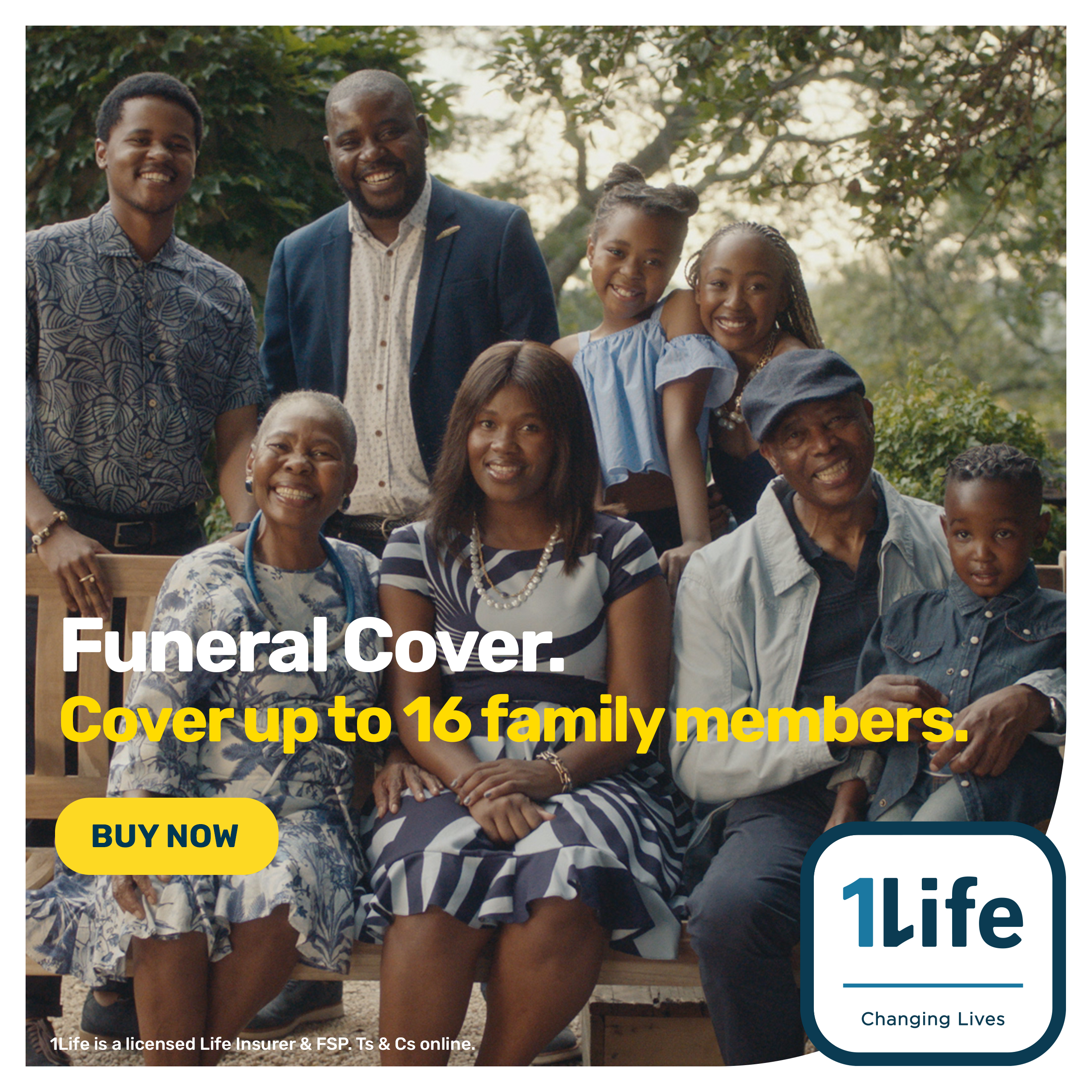By Shafiq Morton
Sixteen year-old Ahed Tamimi of Nabi Saleh village, which is 20 kms from Ramallah on the occupied West Bank, twists a corner of her Palestinian keffiyya as she talks to me in studio in Cape Town. Her curly hair flops over her face like Violet, the teenage girl in the Incredibles super-hero family.
Across the desk are 11 year-old, Janna Ayyad, also of Nabi Saleh and Muhammad Nawajah, 13, of Susya in the Hebron hills. For those who don’t know her, Ahed Tamimi became a poster child of Palestinian resistance in December 2012. She did this by standing up to an armed Israeli soldier twice her size, and symbolically raising her fist.
Since 2009, the 600-strong village of Nabi Saleh has been conducting protests every Friday against the occupation and the aggression of the nearby illegal settlement, Halamish, which – amongst other unlawful provocations – has stolen the village’s only well.
The image of an unarmed 12 year-old girl facing up to an Israeli soldier went viral, underlining graphically, the asymmetric nature of Zionist brutality. For her courage, Ahed was accorded the Handala award in Turkey, Handala being a 1969 cartoon by artist Naji al-‘Ali of a Palestinian refugee.

In 2015, Ahed was in the spotlight again when photographer Issam Rimawi captured her biting a soldier who had grabbed her 12 year-old brother, Ahmed, in a choke-hold. The soldier, a masked bully, was forced to retreat by the efforts of the family – his shame played out before the world media.

“I don’t want to copy Mandela or Ghandi, I want to learn from them how to liberate us,” she says, “I wanted to be a soccer player (Ahed is a fan of Neymar and Barcelona) but now my ambition is to be a lawyer to help others…”
The children are part of the Shamsaan Pals4Peace tour, a South African initiative hosted by several local organisations, such as the Al-Kaaf Trust and Palestinian solidarity groups, and spearheaded by the Ahmed Kathrada Foundation and Awqaf South Africa.
Shamsaan, meaning ‘two suns’ in Arabic, is a project inspired by Durban community worker, Nadia Meer, which promotes arts and culture as a platform for dialogue and social change. The inaugural project in 2017, the Shamsaan Palestine’s Children Art Calendar, profiled 13 young Palestinians aged between 5 and 16 years.
The project’s name was inspired by two bright yellow suns; they were drawn by Duma’s 5 year-old Ahmad Dawabsheh. He drew them in his hospital bed whilst recovering from 60% burns on his body, which he suffered in an arson attack on his home by Israeli settlers. His 18-month-old baby brother, ‘Ali, and his parents, Sa’ad and Reham, died in the blaze.
He filled his bright artwork with double the sunshine, revealing fertile soil and a tremendous positivity, despite the injustice and dehumanisation he’d suffered at such a young age, and the apparent lack of political will to properly charge and convict the alleged perpetrators.
The children’s artwork is set against the articles of the UN Convention on the Rights of the Child. The 2017 Shamsaan Calendar was translated into Italian, Turkish and Arabic. A 2018 calendar was launched this month in South Africa. It included messages from the late anti-apartheid struggle icon, Ahmed Kathrada, and former UN High Commissioner for Human Rights, Navi Pillay.
The Shamsaan Pals4Peace Tour, say organisers, has afforded an opportunity for the Palestinian children to travel, to engage and to develop relationships with South Africans. Having already visited Johannesburg, Durban and other centres, Cape Town is towards the end of the tour, and I can see that the children – expected to behave like adults most of the time – are getting tired.
However, they are still impressive, their observations, insights – and an awareness of whom they are – reflective of a maturity derived from having to cope with issues well beyond their years.
“I don’t like to be a victim,” continues Ahed, “the brainwashed Israeli soldier is the victim. We need to be strong women, like Sayyidah Khadiji (my Khadijah) the wife of the Prophet Muhammad.
“Yes, as resistance fighters we can kill, but our humanity prevents us from doing that. I see your tears, but they must be a real issue, these tears. We need your struggle. Saladin once said we need your souls, not just your prayers.”
Janna Ayyad, who describes herself as the ‘youngest journalist in the world’ has over 250,000 followers on Facebook. Janna started filming clashes of children confronting soldiers when she was just eight years old. In March, she was accorded the International Benevolence Award in Istanbul.
Janna – who is almost bursting out of her tiny frame – is fluent in English, if not poetic.
“My camera is my gun‚” she told Al-Jazeera last year, “… the camera is stronger than the gun … I can send my message to people‚ and they can send it to others.”
“My camera is the tongue of truth,” she tells me, “there is a fire on my tongue; it is the radiance of resistance…resistance is a natural response to occupation…”

Her ‘radiance of resistance’ quote is the title of a documentary directed by US film-maker, Jesse Roberts, that uses Janna and Ahed as its central characters in its examination of the Nabi Saleh protests, and the Palestinian family experience of West Bank occupation. The documentary, released in 2016, has been screened to critical acclaim.
A blog site review says that instead of deadlines, the children reporters of Nabi Saleh have to worry about their dead relatives, and not alarm clocks, but Israeli soldiers who forcefully enter their homes at night. Then there is the young boy, a soccer fanatic, cheekily showing the soldiers – who had been shooting live bullets – a red card.
Janna says her visit to South Africa has given her hope that Palestine could be free, saying that visiting the Hector Pietersen museum in Soweto had impressed her. A dying 13 year-old Pietersen – the first victim shot by South African riot police in 1976 – is the iconic image of the famous Soweto uprising.
“If your fear controls you, you not gonna live,” replies Janna when I ask her how she copes.
Muhammad Nawajah is a small-framed, but spirited member of the Nawajah family of the uprooted village of Susya in the Hebron, or Khalil, district. Ottoman records clearly show that the village existed as a Palestinian one well before the 19th century.
In 1983 an Israeli settlement of the same name was erected over Susya, its displaced residents choosing to live at nearby Rujum al-Hamri in caves and tents – as Israeli law prohibits them from building permanent structures. In 1986, the occupation authorities tried to cleanse the area, claiming that Susya was an ‘archaeological site’.
Since then, the beleaguered Susya community has resisted several attempts at forced removal. What compounds their misery is not only Israeli apartheid law but the grey domains of occupation, where the settlement has no boundaries, thus allowing it to expand at will.
Sadly, Susya has a South African footprint, with apartheid era (apartheid supporting?) formerly Christian-Zionist Afrikaner families settling there. The Brinks from the East Rand and the Tsion’s from Potchestroom were interviewed by Micah Reddy of the Sunday Times in 2014. Jacob Taljah – now an Afrikaner Jew – grazes goats on Palestinian land granted to him by legally dubious means.
The Palestinian village of Lubya in Tiberias, its existence dating back to Saladin and destroyed in 1948, has a park called the ‘South African park’. It was funded by South African money, which contributed to the alien pines planted over Lubya’s ruins.
Back in the studio, Muhammad Nawajah relates his experiences in Arabic, with translation by Janna. He says that in spite of his circumstances, his passion for education is steadfast. His story of the village of Susya, and its constant threats of demolition, are symptomatic of the continuing Israeli onslaught.
It has been described by Palestinian community leaders as an ‘unfinished ethnic cleansing project’ – one that in 2017 has not only completely destroyed the life of the Palestinian Bedouin in the Negev, but is fast gobbling up what little is left of sovereign Palestinian land in the occupied West Bank. VOC










